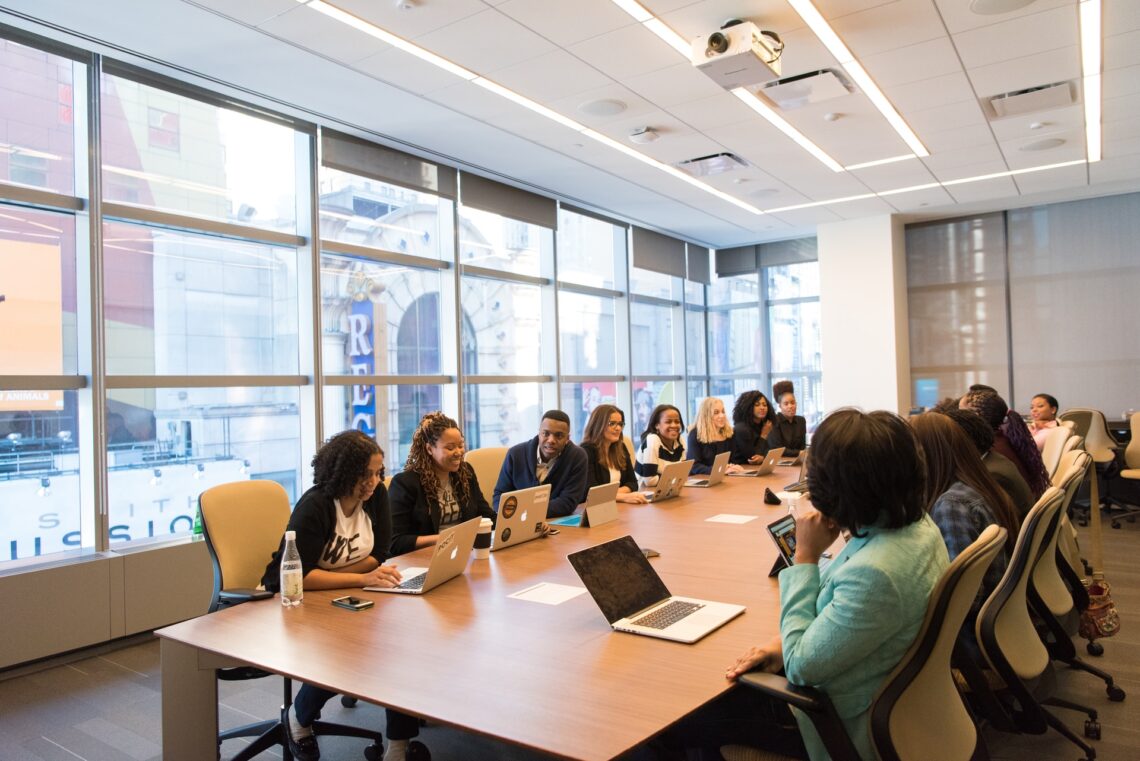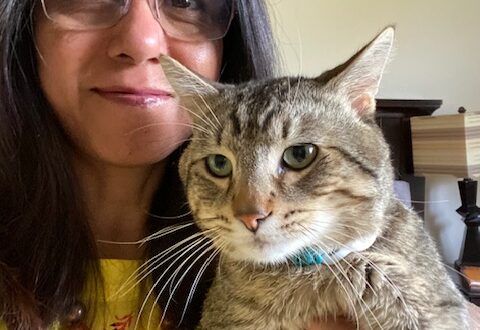
Challenge Responding To Senior Leaders During Meetings? Quality Listening Is Key
Two Leaders, Similar Challenge
Tory, a senior director was in charge of a critical customer-facing component of the business. During big meetings, he had to answer the senior leaders about ongoing customer issues. When in the middle of an escalation, it is very tricky keeping the senior leaders satisfied on top of coordinating with the engineers and anxious customers. Tory was not alone. Many engineering leaders have such challenges. To make the problem worse, they often receive blanket feedback to improve their executive presence. Tory didn’t know what to do with such feedback.
Another director-level leader, Tushar, also had a hard time thinking on his feet during such meetings. Tushar had a strong analytical mind with a detailed oriented approach. To feel confident that he “knows” something, he had to have in-depth knowledge. That’s a very high bar. Either he knew the answer, or he didn’t; there was no in-between. His usual crammed schedule didn’t allow any slack to explore outside his immediate areas.
Deep domain knowledge and detail orientation are the core competencies for engineering and technology professionals. As they move up to higher leadership roles, they need to be better at thinking on their feet, communicating complex issues in simpler forms – often known as executive presence.
The Coaching
Tory
During a session with Tory, when I asked him a question, I noticed from his response that he seemed to miss my actual question. In any regular conversation, I would stay polite and ignore it. But that instance gave me a doorway to understand his challenge in real-time. With his permission, I interrupted him and asked him how he heard me the first time. He said he was stressed about moving faster, so he gave me the answer quickly. Voila! His urge to move faster hindered his ability to listen. Something similar happened during those big meetings. He felt pressured that he had to answer quickly. He started speaking without fully comprehending the questions, or he assumed he did when his mind was already racing.
During the next few weeks, Tory practiced mindful breathing, helping him calm his nerves during high-pressure meetings. It allowed him to stay grounded, heighten his presence, and in turn, improve his listening. If he was unsure about a question, he paraphrased it, ensuring he got it right before responding. By the end of our coaching engagement, Tory secured a VP level role.
Tushar
Tushar worked on prioritizing his focus and making room for peripheral knowledge. It helped. But one simple thing made a huge impact – his presence during meetings. He used to take a lot of notes on his laptop. I suggested using a pen and paper to jot down the key points and focus more on listening. It freed up his brain to listen better, connect the dots, and form his ideas more naturally. This helped him add his input during the meetings while being engaged instead of passively typing away. Tushar got promoted in the next review cycle.
Bottom line
Thinking on one’s feet under pressure is a core component of executive presence. These two leaders improved it through their mindful attention and real-time emotional regulation, which helped their presence and listening quality. It takes awareness, practice, and reflection. The change is sustainable, and the result is meaningful.
Related: You were given Feedback to Improve your Executive Presence – What do you do now?
Photo by Christina @ wocintechchat.com on Unsplash




